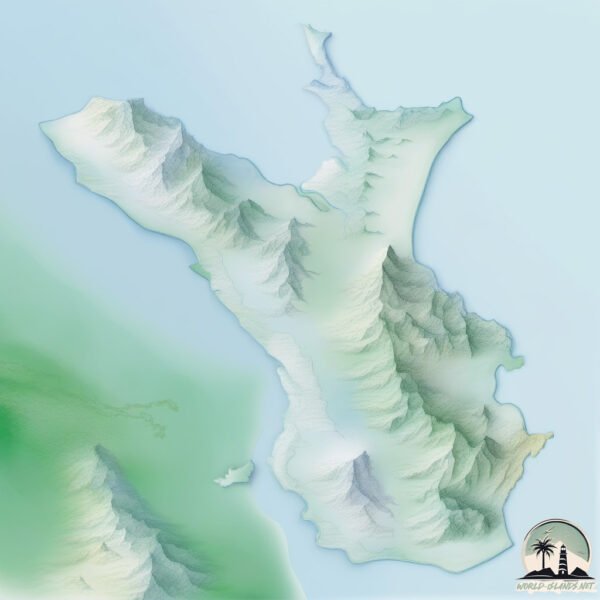Welcome to Hinchinbrook , a Continental island in the Gulf of Alaska, part of the majestic Pacific Ocean. This guide offers a comprehensive overview of what makes Hinchinbrook unique – from its geography and climate to its population, infrastructure, and beyond. Dive into the details:
Geography and size of Hinchinbrook
Size: 468.6 km²Coastline: 327.9 kmOcean: Pacific OceanSea: Gulf of AlaskaContinent: North America
Hinchinbrook is a Large Island spanning 469 km² with a coastline of 328 km.
Archipel: –
Tectonic Plate: North America – Covers North America and parts of the Atlantic and Arctic Oceans, characterized by diverse geological features and varying levels of seismic activity.
The geographic heart of the island is pinpointed at these coordinates:
Climate and weather of Hinchinbrook
Climate Zone: ContinentalClimate Details: Subarctic ClimateTemperature: Cold Summer
Climate Characteristics: Characterized by long, extremely cold winters and short, cool summers, often found in northern latitudes of North America and Eurasia.
Topography and nature of Hinchinbrook
Timezone: UTC-09:00Timezone places: America/AnchorageMax. Elevation: 752 m Mean Elevation: 184 mVegetation: Open WoodlandTree Coverage: 58%
The mean elevation is 184 m. The highest elevation on the island reaches approximately 752 meters above sea level. The island is characterized by Plateau: Elevated flatlands rising sharply above the surrounding area, with a maximum elevation over 500 meters but a mean elevation less than 300 meters, forming unique highland areas on islands.
Dominating Vegetation: Open Woodland
Vegetation: 12 vegetation zones – Exceptionally Diverse Island
Infrastructure and Travelling to Hinchinbrook
Does the island have a public airport? no .
Does the island have a major port? no .
The mean population of Hinchinbrook is 0 per km². Hinchinbrook is Uninhabited. The island belongs to United States of America .
Continuing your journey, Hawkins is the next notable island, situated merely km away.
HINCHINBROOK ISLAND | The Thorsborne Trail & Mount Bowen
One of the best multi-day hikes in Australia is on Hinchinbrook Island. The primary route for most is the Thorsborne Trail, ...
HINCHINBROOK ISLAND | The Thorsborne Trail & Mount Bowen
One of the best multi-day hikes in Australia is on Hinchinbrook ...
One of the best multi-day hikes in Australia is on Hinchinbrook Island. The primary route for most is the Thorsborne Trail, ...
Hinchinbrook Island's Thorsborne Trail
Hinchinbrook Island, located about 6km off the coast at Cardwell, a ...
Hinchinbrook Island, located about 6km off the coast at Cardwell, a small town halfway between Townsville and Cairns in north ...
Girls take on Croc Country | BEST hiking Australia | Thorsborne Trail HINCHINBROOK ISLAND
A must see in North Queensland, Hinchinbrook Island is as eery as it ...
A must see in North Queensland, Hinchinbrook Island is as eery as it is beautiful. The majestic blue waters surrounding the island ...
United States of America is classified as Developed region: G7: Group of Seven – Major advanced economies, including Canada, France, Germany, Italy, Japan, the United Kingdom, and the United States. The level of income is High income: OECD.
News – Latest Updates and Headlines from Hinchinbrook
Stay informed with the most recent news and important headlines from Hinchinbrook. Here’s a roundup of the latest developments.
Loading...
Please note: The data used here has been primarily extracted from satellite readings. Deviations from exact values may occur, particularly regarding the height of elevations and population density. Land area and coastline measurements refer to average values at mean high tide.

